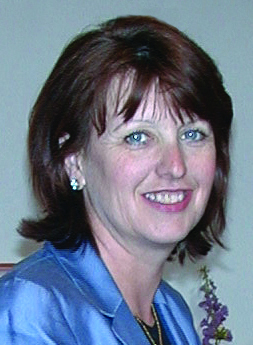Consumers today are a pretty sophisticated bunch. We’ve all learned to dodge the hard sell, weave through vague claims and parry “trust me” attempts. But there is one thing we all still crave: a good customer experience.
Recent studies by Forrester, Gartner and other research firms confirm that keeping customers happy and loyal is all about delivering a great customer experience. Here’s what today’s consumer has to say to businesses about it.
“I expect you to be smarter. Faster. Better.”
The bar is set pretty high thanks to our ability to do research and comparison shopping online. Consumers expect you to be smart at every turn: smart about complaints (which can turn into another sale), about customer needs (which can create new products), and innovative thinking (which can keep consumers engaged).
“I don’t trust you — yet.”
But the opportunity is there. Consumers want real and transparent experiences with people who know their product. These days, trust in many companies has eroded and today’s consumer is wary to a fault. Honestly engaging with your customers means a lot to them, as long as you pay close attention to the next item.
“I want you to listen.”
The new consumer perspective is uncompromising. “I’m an individual and I’m smart. I know what I want — and what I don’t want. If you want to make a sale, do a little research and tell me what you can do to help solve my problem. Be realistic — I am.”
“I am self-directed.”
Consumers want to do business on their own time, in their own comfort zone and with the tools they like the best. Yet when they get stuck, they want knowledgeable, courteous help at their fingertips.
Use all the tools you can afford — product guides, online chat, and a real person who answers the phone without putting customers through “many of our options have changed — press 1” hell.
“I have power.”
Facebook. LinkedIn. Foursquare. Tripadvisor. Blogs. Consumers swap information and tips about your products and services every day. This creates two opportunities: It gives companies the chance to engage in those conversations, and it opens the door for consumers to help revamp and refine your products to be even more relevant.
“Meet your new brand partner.”
Harley-Davidson has the highest brand loyalty of just about any company. Why? Harley partnered with its customers very early, supporting the quirky H.O.G. (Harley Owners Group) rallies and events with unique products and special models in a collaboration of brand unlike any other. When consumers love a product, they want to be able to show it off — give them every opportunity.
“It’s how I buy that counts.”
In order to capitalize on consumer buying habits, you’ll need to turn “dumb” touchpoints into “smart” touchpoints. A smart touchpoint can either sense or report what a customer does. It can gather data, which means enabling your company to learn.
In 2011, replacing dumb with smart is more of a quest than a reality. But by 2015, humans and interactive touchpoints are predicted to replace today’s dumb touchpoints, defined as catalogs, TV ads and even buildings.
“I’m ready to spend money and be loyal — provided you give me the best customer experience.”
In our experience-driven world, consumers crave authenticity — an Italian restaurant that really feels like being in Florence, a skateboard that reflects “game,” or an airline that feels my flight-delayed pain. For many companies, it’s as simple as instilling best principles instead of best practices.
Loyalty, trust, gratitude and sales can all be yours — if you understand, and reflect, the consumer’s perspective. I believe that’s what my grandfather meant when he told me to “Walk a mile in another’s shoes.” Seems to work for Zappos!
Send questions/comments to the editors.



Success. Please wait for the page to reload. If the page does not reload within 5 seconds, please refresh the page.
Enter your email and password to access comments.
Hi, to comment on stories you must . This profile is in addition to your subscription and website login.
Already have a commenting profile? .
Invalid username/password.
Please check your email to confirm and complete your registration.
Only subscribers are eligible to post comments. Please subscribe or login first for digital access. Here’s why.
Use the form below to reset your password. When you've submitted your account email, we will send an email with a reset code.